By Ray Bennett
LONDON – So much portentous meaning has been read into Samuel Beckett’s play “Waiting for Godot” that it’s pleasure to be reminded by Ian McKellen and Patrick Stewart what an entertaining show it is.
The two “X-Men” adversaries are sublime stage actors and they are simply wonderful in Sean Mathias’ new production of “Godot” at London’s Theatre Royal Haymarket, where their Hollywood star power has helped bring in a record box office advance of £2.4 million.
McKellen is Estragon, or Gogo, and Stewart is Vladimir, or Didi, in the tale of two aged ragamuffins who fill their idle days with conversation that ranges from oblique philosophy to music hall banter.
The play’s puzzles and profundity do not require the pigeonholes of religion, homosexuality or existential despair to which it has been consigned since it was first performed in English in 1955. Beckett wrote it in French, doing his own translation for the play that debuted in New York in 1956.
The two principles spend their time in a wasteland of rubble beside a crumbling brick wall and a dying willow tree waiting for the arrival of a savior who never comes named Godot, which they pronounce “God-o” with the emphasis on the first syllable.
Beckett said he did not mean Godot to represent God but it smacks of his typical sense of mischief that he would use that name. He states clearly the characters’ central dilemma: “What are we doing here? That is the question.”
The pessimistic Gogo concludes there is “Nothing to be done” while the slightly more sanguine Didi believes that answers will come along if they just “wait for Godot.”
McKellen plays Gogo as a doleful English northerner who laments that “We all are born mad, some remain so,” while Stewart gives the ailing Didi a jaunty optimism: “Habit is a great deadener.”
Together they make a terrific double act in the manner of Laurel & Hardy, as Beckett intended. Simon Callow is a colorful Pozzo, the pitiless entrepreneur who keeps his slave Lucky (Ronald Pickup) at the end of a rope.
The cast makes the most of the play’s wide-ranging musings on the fate of mankind and while Beckett offers plenty of fuel for the imagination, it’s also true that thanks to the splendid performers the audience leaves with a smile.
Venue: Theatre Royal Haymarket, London, runs through July 28; Cast: Ian McKellen, Patrick Stewart, Simon Callow, Ronald Pickup, Tom Barker; Playwright: Samuel Beckett; Director: Sean Mathias; Set designer: Stephen Brimson Lewis; Lighting designer: Paul Pyant; Sound designer: Paul Groothius
This review appeared in The Hollywood Reporter. Photo by Sasha Gusov

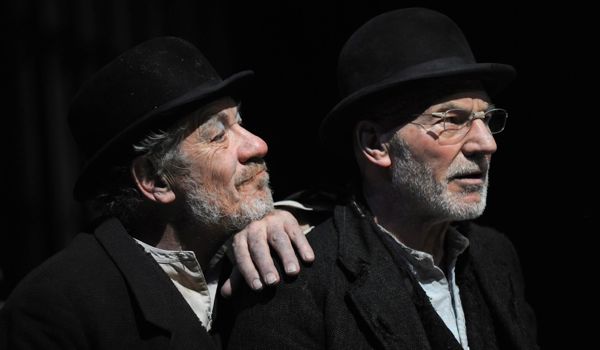
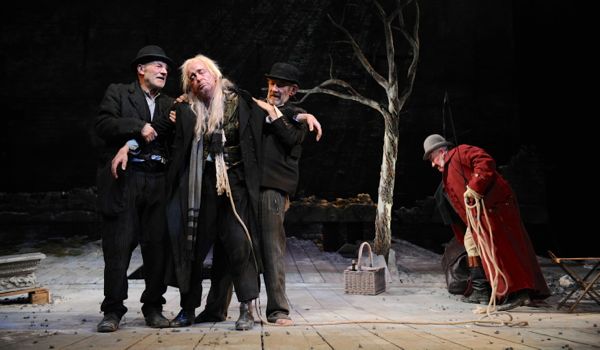
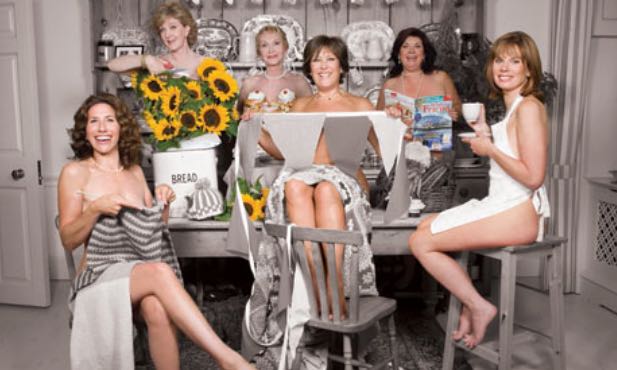
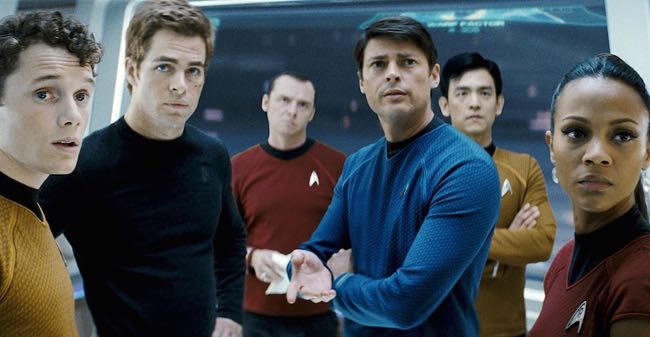
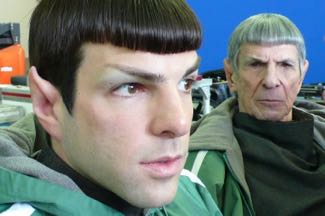
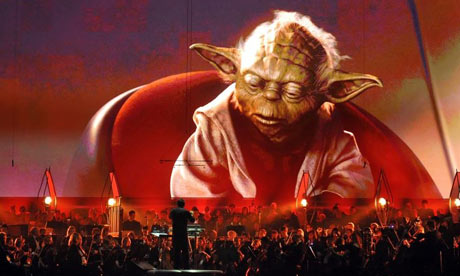
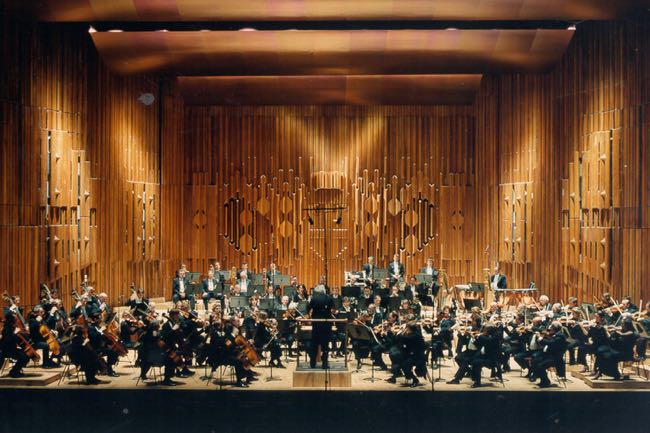
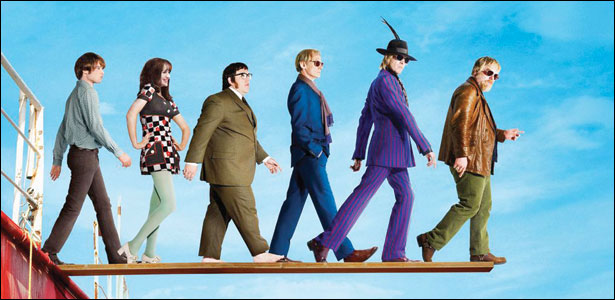
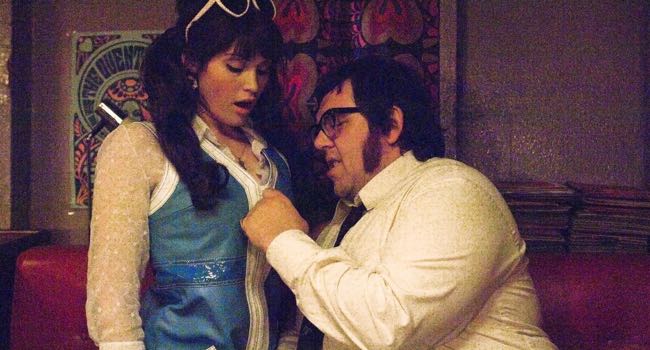
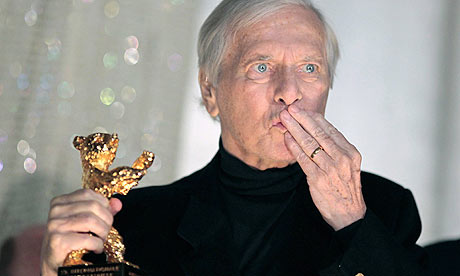
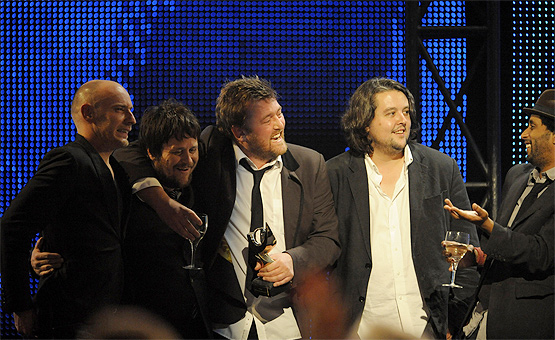
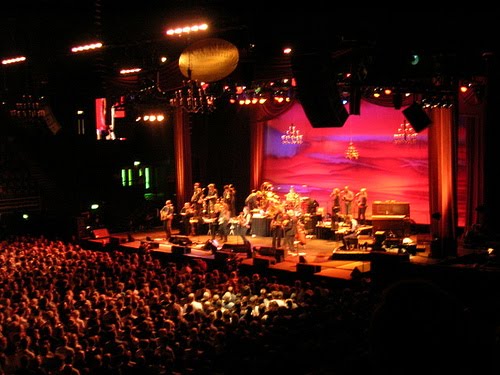
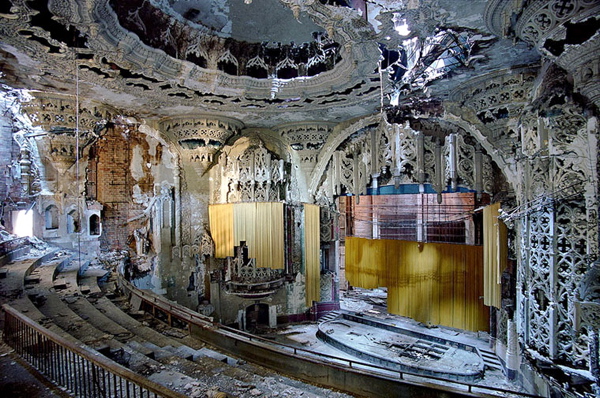
Films about newspapers, like newspapers, are a dying breed
By Ray Bennett
Watching the final edition of The Los Angeles Herald Examiner roll off the presses in November 1989 remains one of the most haunting memories of my life and it’s a tragedy that more papers are going bust. The news about newspapers these days is so dire that the appearance of two movies featuring reporters is as surprising as it is welcome. There aren’t likely to be many more.
Russell Crowe and Rachel McAdams (above) play reporters in “State of Play”, now on release, and Robert Downey Jr. is another in “The Soloist”, which just opened in the United States and will reach the United Kingdom from Universal on Sept. 11. I haven’t seen “The Soloist” yet, but David Denby, who is not a critic I generally turn to, has a very good piece on the two of them in The New Yorker.
UK critics like “State of Play’ more than their US counterparts, which is odd because it doesn’t come close to the 2003 BBC miniseries starring John Simm, David Morrissey, Kelly Macdonald, Bill Nighy and Polly Walker. There is much to like about Kevin Macdonald’s film version, especially the production design, and supporting performances by Jason Bateman and Jeff Daniels. But it shirks the opportunity to pursue bigger ideas than the messy affairs of one politician (Ben Affleck).
Movies about newspapermen have been numerous over the decades, but not many of them are very good although it’s easy to forget that Clark Gable is a reporter in “It Happened One Night” (1934) and so are Jimmy Stewart in “The Philadelphia Story” (1940) and Barbara Stanwyck in “Meet John Doe” (1941).
Many westerns feature small-town newspaper editors including John Ford’s splendid “The Man Who Shot Liberty Valance”, with its great lesson about fame:
“You’re not going to use the story, Mr. Scott?
“No, sir. This is the West, sir. When the legend becomes fact, print the legend.”
Edmond O’Brien (below) plays the inebriated editor who is shocked to find the saloon bar is shut down during a trial: “Bar’s closed? No exceptions for the working press? Why, that’s carrying democracy much too far!”
Ron Howard’s “The Paper” (1994), with Michael Keaton and Glenn Close as rival editors, is entertaining without being especially insightful. Mary McGuckian’s “Rag Tale” (2005) is diabolical and seemingly shot, as I said when it came out, on David Letterman’s monkey cam.
“The Front Page” was made four times, first efficiently by Lewis Milestone in 1931 with Adolphe Menjou as Walter Burns and Pat O’Brien as Hildy Johnson; sublimely as “His Girl Friday” by Howard Hawks in 1940, with Cary Grant as Burns and Rosalind Russell as Hildy; nostalgically by Billy Wilder in 1974, with Walter Matthau and Jack Lemmon, and embarrassingly by Ted Kotcheff as “Switching Channels” (1988), with Burt Reynolds and Kathleen Turner, although the characters’ names are changed.
Charles MacArthur and Ben Hecht, ex-newspapermen who went on to write screenplays, wrote “The Front Page” for the stage. Hecht was by far the more successful, working on innumerable films, often uncredited. He won the first Academy Award for an original screenplay for “Underworld”, directed in 1927 by Josef von Sternberg, and also notable for some great character names: Bull Weed, Feathers McCoy, and Rolls Royce Wensel.
The other newspaper film I’m most fond of is titled “Deadline U.S.A.” (below, 1952), written and directed by Richard Brooks, another ex-reporter, with first-class black-and-white cinematography by Milton Krasner, a six-time Oscar nominee who won for “Three Coins in the Fountain” in 1957.
Humphrey Bogart is great in the film as a battling editor fighting to run a big story about political corruption while trying to keep his failing newspaper from going bust. Some stories never go out of date.